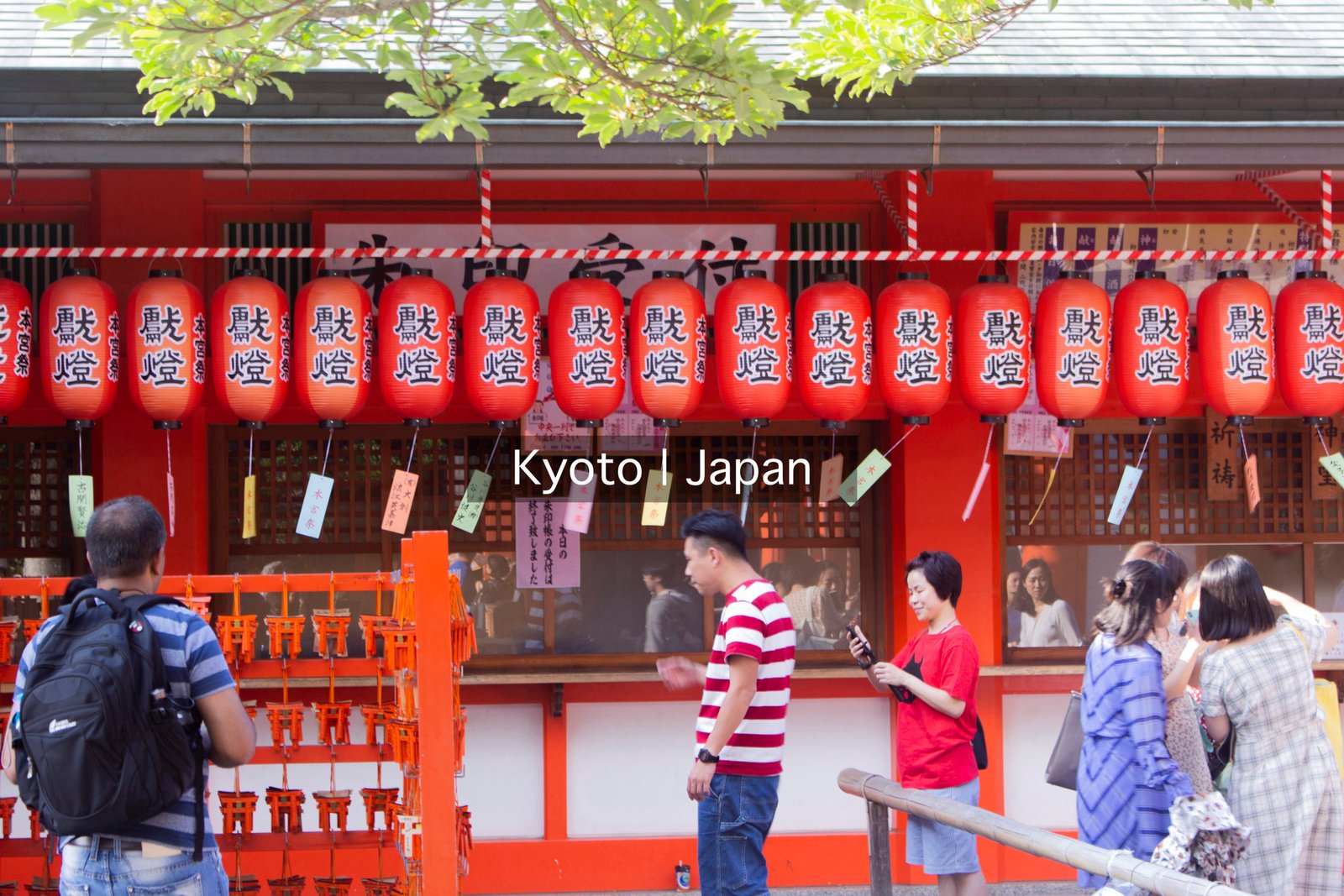Tag: Japan
-

Kyoto
Japan is a rich, dense nation deeply routed in buddhist and shinto culture. Tokyo makes it incredibly easy to forget such roots with it’s metropolis of high rise developments, huge business and city life. Kyoto, Japan’s former capital however, offers a charming insight into Japanese culture. As a UNESCO world heritage site, Kyoto is home…
-

Humans of Japan
Street Photography The people of Japan are incredible! They are some of the healthiest people on earth and are very active. I couldn’t wait to get to Japan – it is a brilliant place for street photography. I’m calling this collection ‘Humans of Japan.’ I capture subjects unaware in order to reflect and document Japanese…
-

Tokyo Technicality
Tokyo is an explosion of high-rise technology, conservative culture and tasty food. If you’re a fan of all things instantaneous and a sucker for a quirky vending machine, then Japan’s capital is for you! Upon arriving in Tokyo, you are bombarded by bright reds, crazy billboards and colour-coded metro mazes. Restaurants displaying plastic models of…
